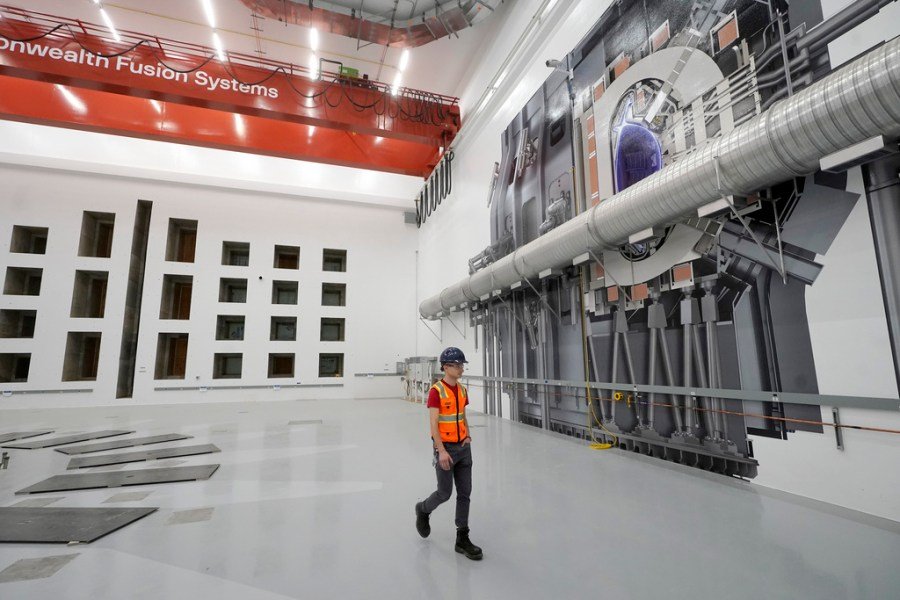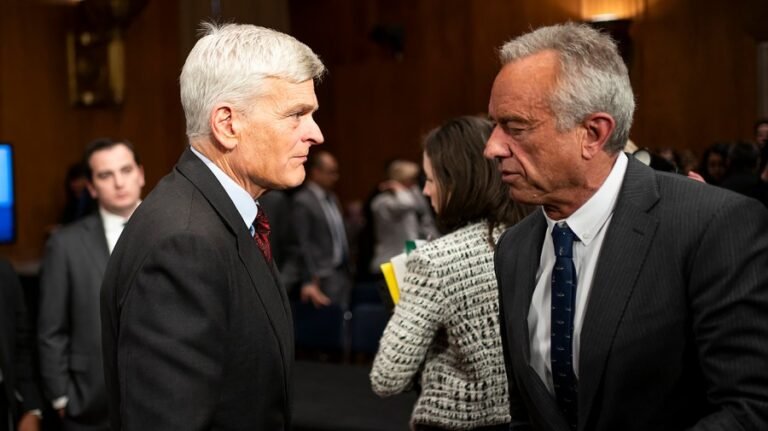
When Neil Armstrong stepped onto the lunar surface in 1969, he declared it a “giant leap for mankind.” This iconic moment, captured on grainy television screens worldwide, was not merely a triumph of human ingenuity but the result of intense geopolitical competition between the U.S. and the Soviet Union.
The rivalry, fueled by the existential anxieties of the Cold War, paradoxically propelled humanity forward. Today, we stand on the threshold of another transformative milestone — achieving practical nuclear fusion. And once again, competition, particularly among the U.S., China and Europe, may prove critical.
Idealists often advocate global cooperation, envisioning pooled resources and collective progress. However, historical realities suggest that competitive pressure often yields faster, more substantial results. The sluggish progress of ITER, the International Thermonuclear Experimental Reactor, a collaboration of 35 nations including the U.S., China, Russia and several European countries, illustrates the inherent inefficiencies in sprawling multinational cooperation.
Initially proposed in 1985, ITER’s schedule has repeatedly slipped, with first plasma now anticipated no sooner than 2034. Development setbacks, bureaucratic inertia, conflicting national interests, inconsistent funding, and prolonged negotiations have significantly hindered progress.
Contrast ITER’s delays with the rapid advances of private and national fusion efforts. In the U.S., ventures such as Commonwealth Fusion Systems, driven by academic ingenuity and substantial private investments, have reached critical milestones. Commonwealth recently demonstrated a groundbreaking high-temperature superconducting magnet, a crucial advancement toward viable fusion energy. Today, more than 50 private startups globally have attracted more than $8 billion in investment, all racing to be the first to commercialize fusion.
China, too, has aggressively advanced its fusion ambitions. Chinese researchers working on the Experimental Advanced Superconducting Tokamak, popularly known as the “artificial sun,” recently maintained plasma at over 120 million degrees Celsius for more than 400 seconds, a remarkable achievement that brings fusion significantly closer to practical application. These achievements make clear that when the stakes are high, competitive dynamics accelerate progress in ways international collaborations often cannot.
Europe, often perceived as a collaborative partner in ITER, is now asserting itself as a formidable competitor in the fusion arena. The European Union has long supported fusion research through such initiatives as EUROfusion, which coordinates research across numerous European laboratories. Facilities such as the Joint European Torus in the UK and the Wendelstein 7-X stellarator in Germany have achieved significant milestones, demonstrating Europe’s commitment to advancing fusion technology.
Moreover, European startups such as Marvel Fusion in Germany have attracted substantial investments to develop innovative fusion approaches, signaling a shift towards a more competitive stance in the global fusion race.
The historical parallels are instructive. The Cold War-era space race between the U.S. and the Soviet Union resulted in unprecedented technological achievements. Beyond landing astronauts on the moon, this competition spurred developments in microelectronics, telecommunications, materials science and computing. The intense desire to outperform a geopolitical rival drove nations to push technological limits, delivering widespread benefits continuously.
Could NASA have achieved the moon landing sooner had it been obligated to negotiate every decision with multiple international partners? The answer is unequivocally no. Multilateral consensus-building, however well-intentioned, tends to slow decision-making and dilute ambition.
This lesson applies directly to the fusion race. With the accelerating impacts of climate change and global energy demands expected to rise by nearly 50 percent by 2050, fusion energy’s promise — clean, abundant, and nearly limitless energy — is urgently needed. Fusion has the potential to decarbonize global energy grids, diminish geopolitical tensions over fossil fuels, and provide stable energy to developing nations.
Of course, competition is not without critics. Some argue it leads to duplication, secrecy, or geopolitical tension. Yet history and current fusion progress show competition can sharpen focus, streamline resources, and accelerate timelines where cooperation might stall.
Indeed, competition among the U.S., China and Europe is about more than mere technological superiority; it shapes geopolitical alliances, influences global economic dynamics, and may redefine leadership in the 21st century. Just as the U.S. emerged from the space race as a global technological and economic powerhouse, the victor in fusion development will likely dictate future standards for global energy and technology governance.
Fusion technology inherently offers widespread humanitarian benefits. Even if initial successes are regionally concentrated, these breakthroughs will inevitably diffuse globally due to their immense economic and environmental advantages. Like space-derived innovations such as satellite technology and computing, fusion’s benefits will become universally accessible.
Climate negotiations at COP28 underscore the difficulties inherent in international cooperation. Achieving even minimal consensus on reducing fossil fuel production (The ‘transition away from fossil fuels’ agreement) was politically contentious and largely ineffective, delivering superficial agreements that catered more to geopolitical power dynamics than to any meaningful climate solutions. Such bureaucratic delays and diluted outcomes illustrate why humanity cannot afford to rely solely on multilateral cooperation.
Ultimately, the fusion race is not merely a geopolitical contest; it is a vital competition for human survival and global prosperity. While competition may not always be harmonious or efficient, neither was the space race. Yet, the space race advanced humanity dramatically. Allowing the fusion race to unfold unhindered may again deliver swift, transformative solutions at a time when humanity urgently needs them. Our planet and our future depend on embracing this competitive drive.
Oded Gour-Lavie is CEO and co-founder of nT-Tao, a compact fusion power company based in Israel.


